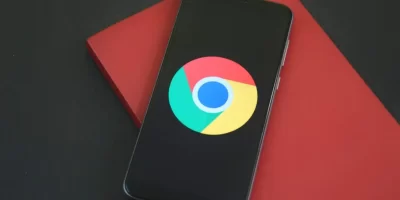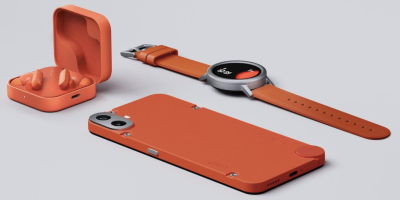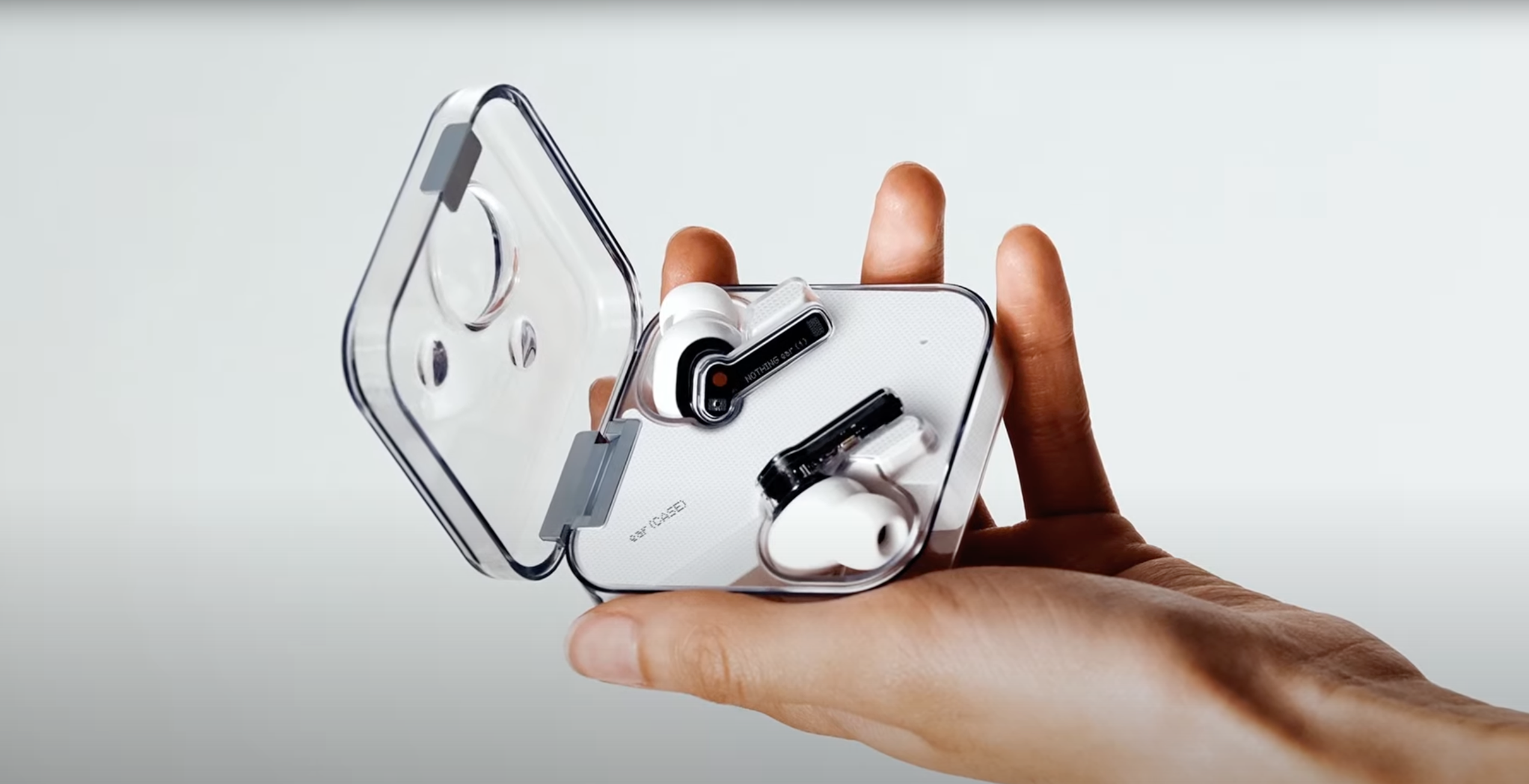IntoMobile’s done the wireless community a great justice in bringing together a great looking comparison document that gives us an easier-to-digest look at the advantages and disadavantages of both WiMax and LTE. While many might be inclined to argue that “4G is 4G,” you should care because the future of both of these technologies will impact your mobile data usage based on where you live and what carriers you use.
The chart is good for those wondering what technology might net them the fastest possible speeds. Right now, it’s WiMax (considering LTE rollouts have yet to begin in most markets). In the future, LTE is expected to be miles ahead of current WiMAX technology, while WiMAX technology even further down the line can still catch up to (and surpass) what LTE brings to the table.
It’s all about speed, but availability isn’t to be ignored, as well. If you’re outside the US market, you’re most probably on a GSM network. The GSM association has put their support behind LTE, and most carriers (even some that are non-GSM) are set to follow that path. For most of you, that means LTE will probably be the only option you have even if you would much rather use WiMAX.
LTE and WiMAX – and their associated pitfalls and high points – have been discussed, researched, compared and analyzed for quite some time, and IntoMobile’s chart does well in giving you a lot of the information and insight that is important to you regarding the future of mobile broadband.











We already have WiMAX in Saudi Arabia , also carriers finished preparing LTE here . Hopefully we will be able to use LTE this year .
WiMax has been trying to gain traction in Ireland for years and failed miserably because it’s rubbish! Line of Site, Contention, and signal co-ordination wreck it’s potential.
Crazy americans, going for a technology that most other people have already Vito’d!
oh ye, Cisco already dropped WiMax once they realised all of the above!
Unfortuantely, us “crazy American’s” are at the mercy of the carriers. In my rural area (Northwestern California) Sprint doesn’t even have service (they roam on U.S.Cellular here), but Verizon, AT&T, T-Mobile, U.S. Cellular and Metro PCS all do, and all have said they are going with LTE, so WiMax is a non issue for areas like mine. LTE will be the 4G for us.
@Richy
True WiMAX is rubbish . We have carriers war and one of the ads was about the WiMax signal . Look at this video ( the guy who works for the Wimax company says to the other guy to put the modem near the window http://www.youtube.com/watch?v=fb8QgeNQx1s .
Lol, i hope you read that “crazy americans” in the jovial, ‘oh you guys!’ tone that I meant it, and not in some derogatory tone!
I hope US carriers go with LTE – it might make them upgrade the networks as a whole. Nothing frustrates me more when im in the states than using my mobile over there – i swear it’s like “mobile telephony” is a brand new thing and networks are only in infancy! Prime example – having to wait a couple seconds between pressing ‘answer call’ on the phone, and actually saying “hello”, otherwise the connection hasnt been established and my normal ‘answer-hello’ is met with silence because they never heard me say hello! (Phew,mini-rant over)
Right now, it’s WiMax (considering LTE rollouts have yet to begin in most markets). In the future, LTE is expected to be miles ahead of current WiMAX technology, while WiMAX technology even further down the line can still catch up to (and SURPASS) what LTE brings to the table.
Keep reading that over and over again. Sprint has the short term, and the long term future in mind.
Not included HSPA+ I know its not 4G kinda like 3.5G LOL but it is as fast or faster then WiMax and T-Mo has some areas already covered by this and more on the way.
@Richy
1. The top 2 carriers in the usa are going LTE (verizon, at&t, and also tmobile) only sprint is opting for wimax
2. The usa has some of the best networks (not as cutting edge a south korea but better than European networks) however it depends on where u are at if u get bad coverage. If u came to the usa to visit from ireland, then u were probably using a GsM phone, but the top coverage is a Cdma carrier (verizon)
HSPA+ is faster than what sprint’s giving you. Sprint said an average of 3 – 6 megs. Tmobile usa HSPA+ is 7.2. But i wont even try to debate the two because if too many other factors such as coverage, average speed, amount of users…
WiMax won’t go very far I don’t think, primarily because Sprint is the only major carrier that is touting WiMax while everyone else is going the LTE route. Now I read that Sprint is likely to go LTE down the line too since WiMax and LTE aren’t that far off in tech. It sounds to me like WiMax has seen it’s day. At least for major usage, it will survive on with someone till it is posed to make a comeback.
So why Sprint still sell HTC EVO 4G if WiMax will be dead soon and the phone won’t be usable in LTE since it won’t have 4G SIM card?
I’ll take the ‘lower’ broadband speed just for the sake of higher speeds later. It’s called ‘future proofing’.
Funny thing is people quoting theoritical speeds talking about they are faster than WIMAX, yet there isn’t a phone out on the market that has been tested. So are these speeds you are talking about in your dreams??
@swazedahustla yes a phone has been tested in t-mobiles first hspa+ city Philedelphia yet the Nexus one doesnt use the full speed of hspa+ it is capable of 7.2Mbps all of the android phones on t-mobile are are compatible to 7.2
@garet Yeah I know that much, but what is that being compared too? A 4G wimax phone has not hit the market so how would anyone compare its speed on a network to hspa+. All they are quoting are sprints theoretical speeds, but not real time speeds. We won’t know those real time speeds until there are plenty of people on that network using the phones and a test can be run. All you have now is an educated guess which may or may not be anywhere close to reality. Thats all im saying.
@swazedahustla. There has been speed tests, if you didn’t know sprint already has a 4G data card for your laptop. The speed maxed out at 3.6 m/s in their only 4G market at the time in Baltimore, T-Mobile’s HSPA+ in Philly and now NYC and some markets in the east coast have averaged (with a laptop stick) around 6 m/s and my Moto cliq now gets around 4 m/s down in NYC.
@swazedahustla I hear what your saying like if people buy the evo4 like they did the Iphone it could cripple Sprints 4G network and vice versa if enough people are using HSPA+ or LTE then the same can happen there.
@Jrod FAIL HARD!!!!!!!!
First you want to compare the EVO to a data card? Ok fine, have at it. But FYI, the EVO’s speed doubles anything that card produces on the network. And not on any test done a few years ago, because if you knew what you were talking about, those quoted speeds came from when WIMAX launched in baltimore years ago.
Now if you want to live in more recent times, check out engadgets review of the EVO done yesterday. And i quote
“In fact, it worked so well that we’d argue it obsoletes dedicated mobile hotspot devices like the Overdrive and MiFi, because we were getting speeds as high as 7.5Mbps down and nearly 3Mbps up on WiMAX “
@garet
yeah thats what im saying. I would like to see both compared in lets say 3-4 months, once there are plenty of users on the network so we can see some real time testing. Its easy to say well we think were gonna see a certain speed, when they have only been testing it in a lab with 10 people on the network. I just want to wait and see and then speculate.
Richy wrote, “Crazy americans, going for a technology that most other people have already Vito’d!”
But WiMAX and LTE use the same “technology” Richy!
Both WiMAX and LTE achieve the exact same performance. They use the same modulation and power, so for the same range and channel conditions, they will have the same SNR, so they will achieve the exact same bit rates. The only way to get higher throughput is to improve the SNR somehow — with closer cell sites or with higher power transmitters…..or you can throw a lot more money at the radio design with lower noise amplifiers and lower phase noise mixers, etc. I can claim that a particular specification supports higher bit rates, but it’s meaningless if it only achieves top performance within 10 meters of the cell tower! It’s science, not magic.
@Bob123
Very well put, and perhaps it will educate some of these people on here who dont have a clue about either technology.
@Bob123
This isn’t true. Even if the fundamental modulation/multiplexing technology (OFDMA) is the same, there are still a _lot_ of differences between the two specs and saying that they are entirely equivalent in performance is simply false. For example:
* The MIMO (multiple antenna’s to boost performance) schemes are entirely different.
* WiMAX has only gotten some of the LTE features (like MIMO) in a spec update that may or may not have been implemented at the carrier side.
* LTE was specifically designed to offer decent performance for mobile devices as it’s an upgrade to GSM and UMTS, while WiMAX was primarily meant as a competitor to last-mile DSL and Cable. I’m not saying WiMAX is unsuitable for mobile phones, but it still shows in the design of the spec.
In short, what you are saying is equivalent to “The iPhone 3GS and the Motorola Droid have (nearly) the same processor and GPU, so they must be completely equivalent in performance in every regard”. It just doesn’t work that way, not with mobile phones and not with mobile technologies.
Oh, and you do know Shannon-Nyquist goes out the window (for the entire transmitter/receiver system) once you involve a form of spatial multiplexing?
My bad, I meant Shannon-Hartley.
The USA has the WORST cellphone service I’ve seen, ATT. The rest don’t measure up to South American Standards. In South America a LOT of countries, don’t allow an operator to have their USERS with service for more than 10 minutes. In the US it could be hours.
If a customer has a complaint, it has to be addressed withing 72 hours. In the US you can complain days, months and years if a service decided to over bill you.
To state that the US has the best service is wrong. To state that it has the best coverage maybe. But as service, its slow costly and there is limited customer satisfaction for which you have to pay extra, and you also have to pay extra for the samething many times. (example… you pay for Text Messages, you Pay for using the Internet and Now Sprint charges you an awesome fee to use your phone.. ATT always has done that).
CDMA even though newer is NOT something a user wants. To begin it does not allow voice and data at the same time. Your phone is locked with the carrier and you can’t take it a different provider. From a USER stand point CDMA is the WORST option. The entire World uses GSM and 3 countries outside the US use CDMA (Mexico, Canada, and don’t remember the rest. CDMA sais the entire world, with lots of services that will be available.. well years have gone by, and you can count in one hand countries that do offer the service).
Actually CDMA does allow for voice and data its just verizon and sprint have disabled it.
@justmehere
An advanced version of CDMA is used also by Japan and South Korea… I would say they areprogressive in mobile technology
@mrxtc
Sprint is entertaining the idea of LTE
@Maurits
I agree with you 100% Wimax Does not Equal LTE
Overall, with the wimax launch in Honolulu for the past few months have given me nothing but headache. I previously sold internet service for Clear. Customers shared the same pains that I had with service and I had very low customer retention and a huge amount of cancellations.
For me… I don’t do much on the internet but browse in my office but boy did I get kicked off a lot. Clear finally concluded that my unit wasn’t handing off to the other tower especially due to weather conditions. This happened in many different areas. This sounds like expedience technology but it was Wimax.
Wimax was great in theory. I was excited. I even gave them a chance and till today since launch,no significant improvements. As dealers CLWR told us to stop demonstrating speedtest with popular speed test websites as they are not an effective measure of overall internet experience.
I put my money on LTE. Between all the manufactuers and carriers that’s behind it. Wimax = Fail. It will be around in areas around the world where it is more cost effecctive to set up WiMax towers but LTE will dominate.